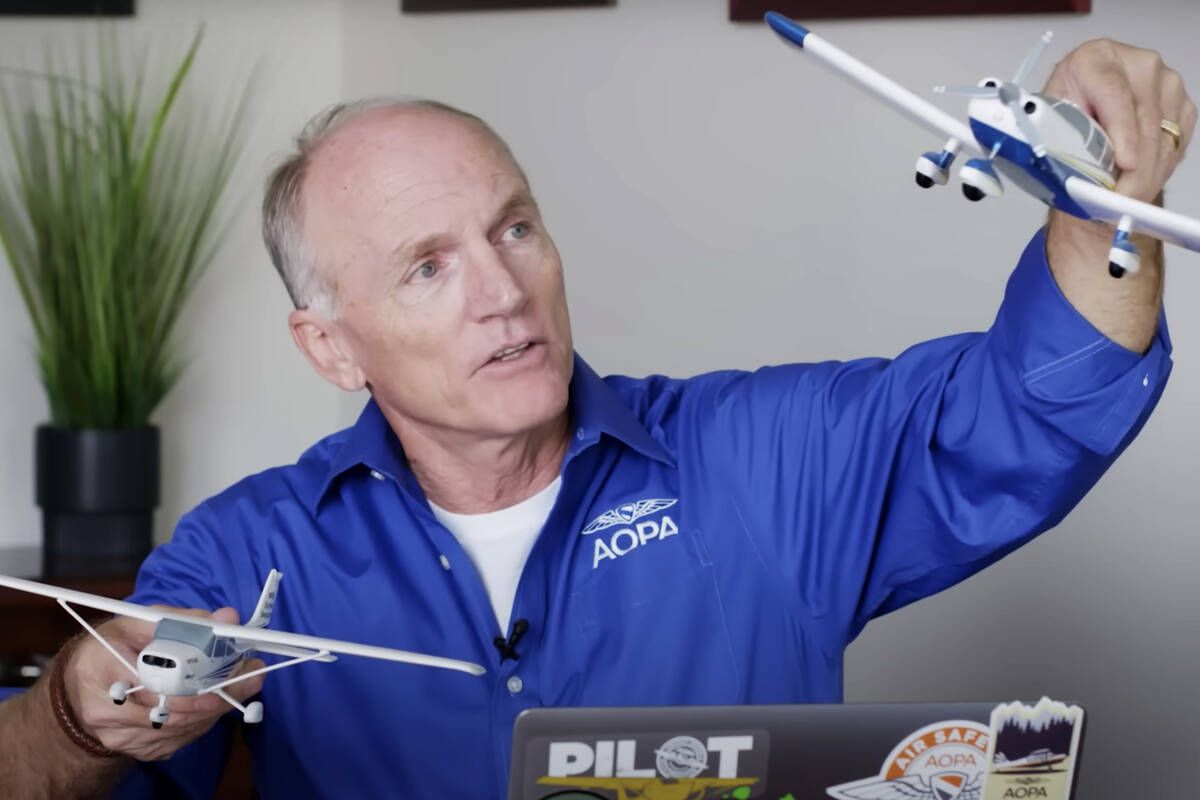Richard McSpadden, Senior VP of AOPAs Air Safety Institute perished in the crash of a Cessna 177 Cardinal today along with another unidentified person in an accident on takeoff from Lake Placid, NY. In addition to being Senior VP of the ASI, McSpadden was a former career F-15A/C Eagle fighter pilot in the USAF and a former Commander of the USAF Thunderbirds from 2002-2003.

 www.avweb.com
www.avweb.com

Air Safety Institute's Richard McSpadden Dies In Crash - AVweb
Richard McSpadden, the senior vice president of the AOPA Air Safety Institute, died, along with one other person, in the crash of a Cessna 177RG near Lake Placid Airport in upstate New York Sunday. McSpadden was in the right seat. Russ Francis, a former NFL tight end and the new owner of Lake...
 www.avweb.com
www.avweb.com
